Chalk Paint Vs. Milk Paint: Which is Better?

by
Heather Olinde
(IC: blogger)
6 Materials
$25
2 Hours
Easy
If you’ve followed me for any length of time, you probably know my obsession for experimenting with different types of paints and painting techniques. I get so many questions about the differences between chalk paint vs milk paint so I figured I would answer a few of those today. I’ve tried many different brands of both of these types of paints, and for the most part, they are all pretty comparable. Each brand has their pros and cons and I usually go for the one that would work best for the particular project I am working on.
So let’s get started discussing some of the differences between chalk paint vs milk paint, shall we?
HOW IS THE PAINT SUPPLIED?
Chalk Paint
It comes in a chalky, water-based paint that is premixed with a smooth consistency. The fact that it is premixed makes it very convenient. You just stir and it’s ready to go. It’s good to note that some of the brands are thicker than others. If you like a thick-consistency paint, go with Annie Sloan. For those who prefer working with a thinner paint, I recommend Rust-Oleum.
Milk Paint
Most milk paints come in a powder form that you mix 1:1 with water. However, Rust-Oleum has recently come out with a premixed milk paint. They are actually sending me a few samples and I can’t wait to get them in and try. Because ratios can vary slightly when mixing the powder and water, different batches may not match perfectly. This can become a challenge if you run out of paint before you are done with your project. It is best to try to get your measurements as precise as possible to prevent this, or make sure you mix enough paint to complete your project.
DO I NEED TO PREP MY FURNITURE BEFORE PAINTING?
Chalk Paint
Prep work is minimal for chalk paint. Usually, I wipe my pieces with a damp rag before I begin just to make sure their is no dust so the paint will adhere well. I hardly ever sand before using chalk paint. I only sand if there is an area that is not as smooth as the rest of the piece (like a damaged area).
Milk Paint
With milk paint, the prep work depends of the final look you want to achieve. Milk paint goes on like a stain. It penetrates the pores of unfinished wood. If you are wanting to create a chippy look, you will need to apply some type of resisting agent before you begin (you can read more about how to do that HERE). If you are NOT wanting a chippy look, you will need to add a bonding agent to your paint. Or you can just take your chances and slap the paint on and wait to see what happens (this is what I like to do). 

DO I NEED TO PREP MY FURNITURE BEFORE PAINTING?
Chalk Paint
Prep work is minimal for chalk paint. Usually, I wipe my pieces with a damp rag before I begin just to make sure their is no dust so the paint will adhere well. I hardly ever sand before using chalk paint. I only sand if there is an area that is not as smooth as the rest of the piece (like a damaged area).
Milk Paint
With milk paint, the prep work depends of the final look you want to achieve. Milk paint goes on like a stain. It penetrates the pores of unfinished wood. If you are wanting to create a chippy look, you will need to apply some type of resisting agent before you begin (you can read more about how to do that HERE). If you are NOT wanting a chippy look, you will need to add a bonding agent to your paint. Or you can just take your chances and slap the paint on and wait to see what happens (this is what I like to do). 

HOW MANY COATS WILL I NEED TO APPLY?
Chalk Paint
There are many different brands of chalk paint and they all have different consistencies, which will determine how many coats you need. I usually use 1-2 coats on my pieces. More often two. If I plan to heavily distress the piece, I may only use one coat and even apply that one coat very lightly in certain areas. The chalk paint dries very quickly so you don’t have to wait long between coats.
Milk Paint
Milk paint almost always takes two coats. As I mentioned, it’s like a stain and soaks into the wood so usually it takes a couple of coats to completely cover. Again though, it just depends on the look you are going for as to how many coats you use.
IS THE PAINT PREDICTABLE? CAN I USE IT TO CREATE A “CHIPPY” LOOK?
Chalk Paint
Chalk paint is very consistent and predictable. It goes on in a smooth, chalky, matte finish. While chalk paint is great for distressing, it doesn’t create a “chippy” look of a time-worn piece of furniture. It is easy to control the amount of distressing when using chalk paint. When sanding, the paint comes off in a fine powder.
Milk Paint
Milk paint is very unpredictable. And honestly, that is one of the things I love about it. Each piece is going to be unique. I love the anticipation of seeing what the paint is going to do after I apply it to a piece of furniture. It is easy to get a random flaking and “chippy” look with milk paint. This gives your piece a vintage, time-worn feel. Most of the time, the paint will naturally become flaky and chippy when applied to anything non-porous (if applying to unfinished wood, you will not get a chippy look without applying a resisting agent first).
DOES IT REQUIRE A TOP COAT?
Chalk Paint
If you want to protect your paint, it’s best to use a top coat. There are many different top coats to decide from, but I always choose mine depending on what the piece will be used for. If it is just for decor and will not get a lot of use, then a wax or hemp oil will do the trick. However, if it is a piece that will get lots of use, such as cabinets, vanities, or dressers, I would recommend a more durable top coat such as Polycrylic.
Milk Paint
Because this is a porous paint, it requires a top coat to properly seal. Just like the chalk paint, you can use wax, hemp oil, or polycrylic as a top coat. If it is a very chippy piece, I would recommend using tough coat to seal it and prevent further chipping.
WHICH PAINT IS BETTER AND WHEN SHOULD I USE CHALK PAINT VS MILK PAINT?
In my humble opinion, one is not better than the other. When deciding between chalk paint vs milk paint, it simply depends on the piece that you are painting and the look you are trying to achieve. Both paints have their places and I use them about equally on projects.
Chalk Paint
I use chalk paint when I want to create a distressed, Shabby-Chic or French Country look. I use it a lot on outdated pieces of furniture that need a little TLC. Chalk paint is also good to use on kitchen cabinets and bathroom vanities.
Milk Paint
I love to use milk paint to create a vintage, chippy look. It cracks, flakes and distresses more easily than chalk paint. You can also create a layered chippy look look with milk paint. I love using milk paint on vintage and antique furniture. Milk paint is also beautiful on unfinished wood pieces.
I hope this helps to answer some of the questions you may have had about the differences between chalk paint vs milk paint. If you have any other questions that I haven’t answered, just drop them below in the comments and I’ll do my best to answer.
Enjoyed the project?
Suggested materials:
- Chalk Paint (Home Depot)
- Milk Paint (Amazon)
- Polycrylic (Home Depot)
- Miss Mustard Seed Wax (Amazon)
- Hemp Oil (Amazon)
- Paint Brush (Home Depot)

Want more details about this and other DIY projects? Check out my blog post!
Published August 3rd, 2018 7:26 PM



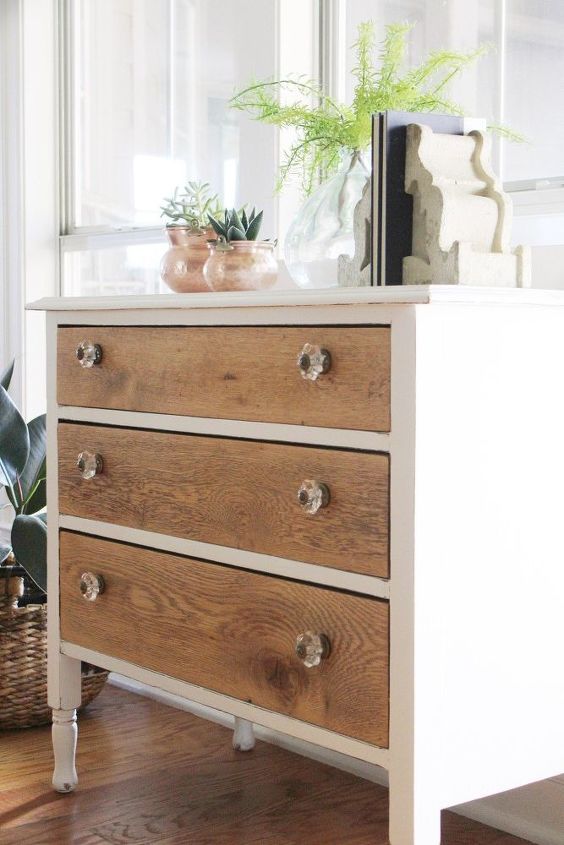















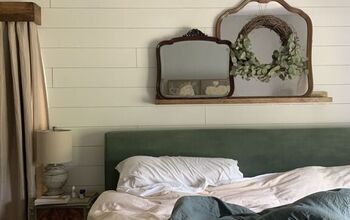
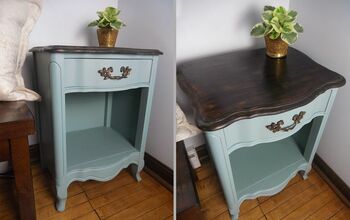
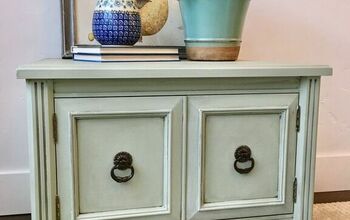
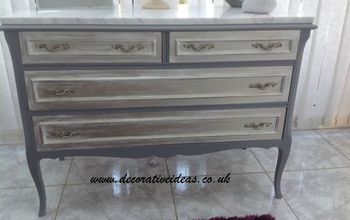
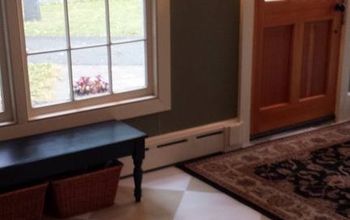


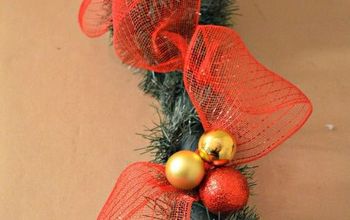
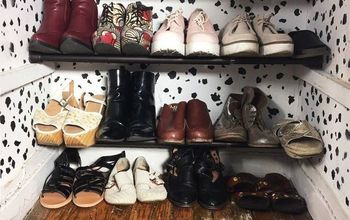



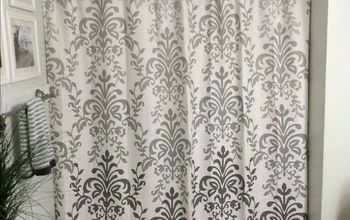
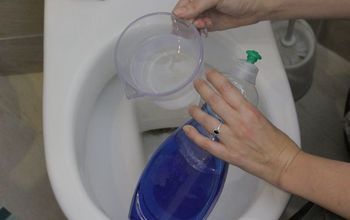

Frequently asked questions
Have a question about this project?